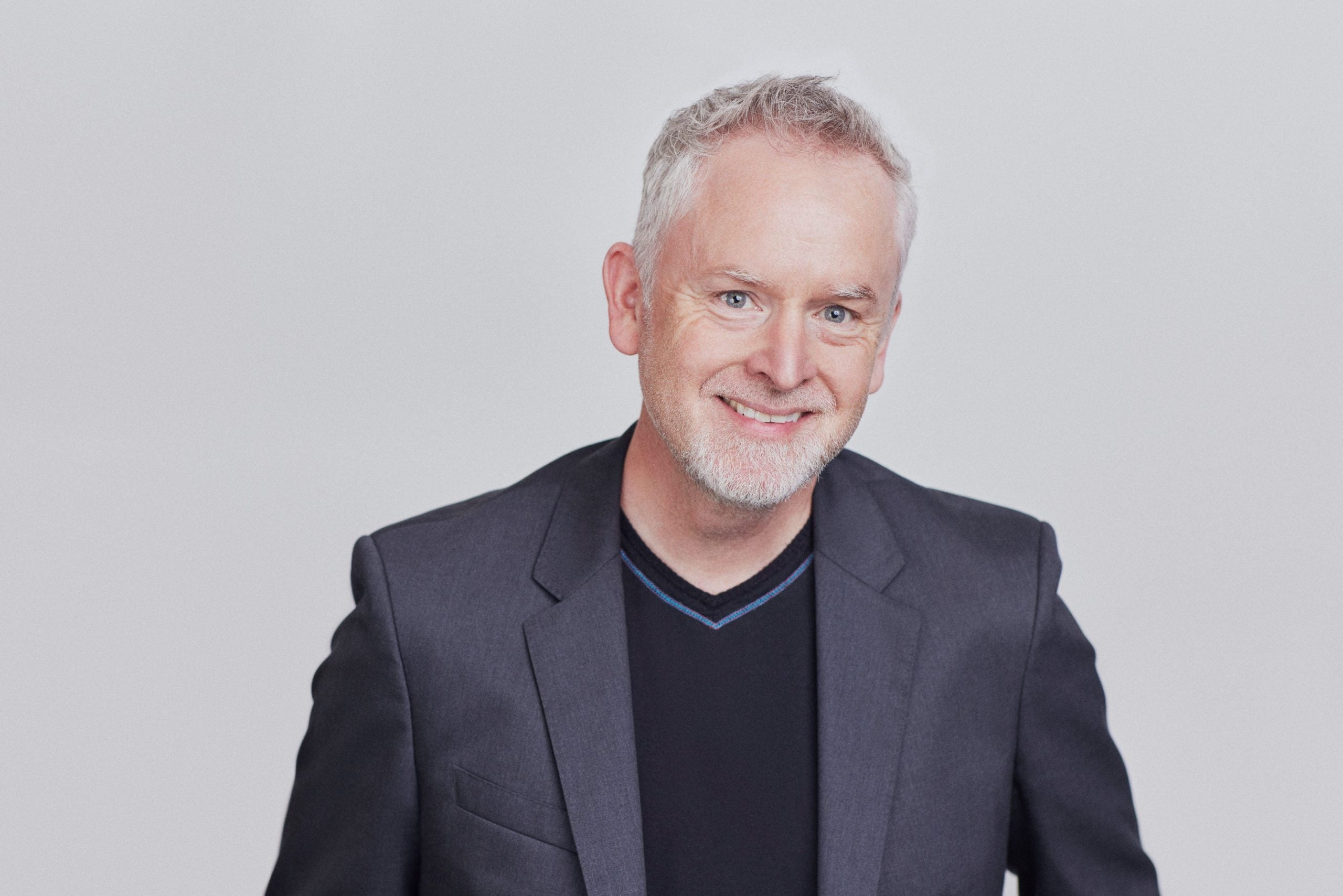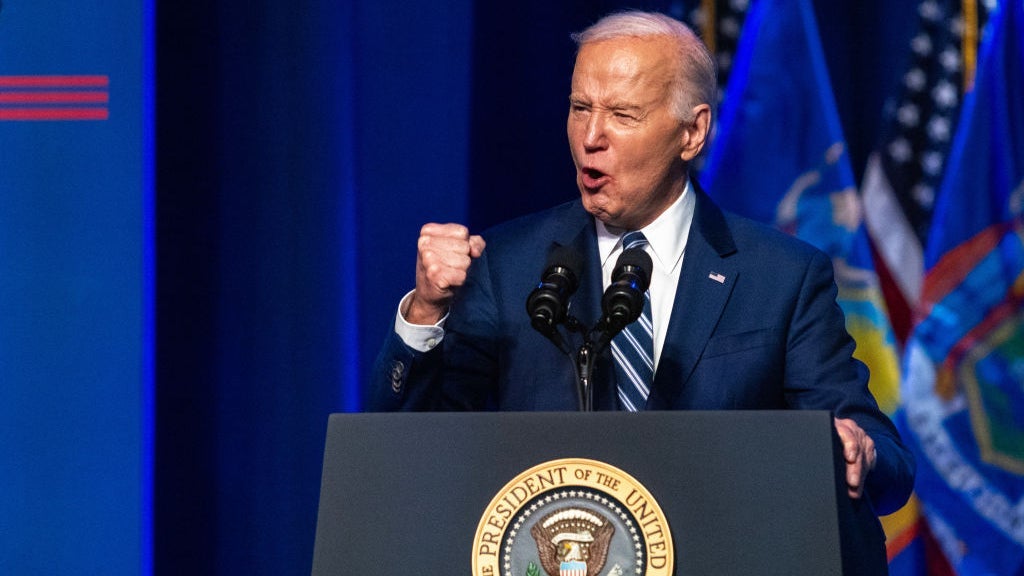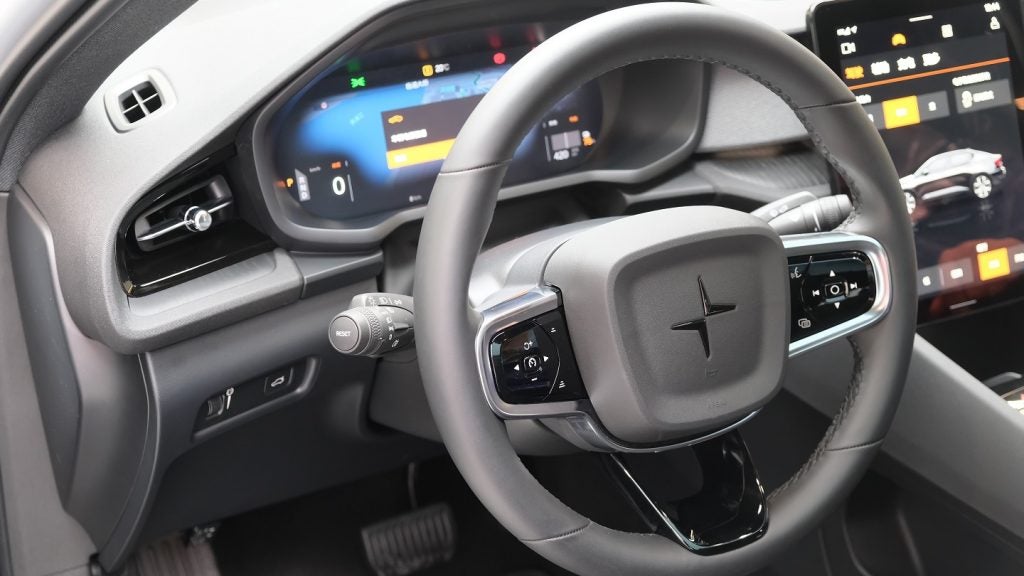
The advent of widespread AI adoption has prompted an avalanche of change across all business sectors. While much of the focus, so far, has been on job replacement by AI or efficiency gains to existing roles, senior leadership roles are also being re-shaped by this rapidly evolving business landscape. And none more than the role of CTO.
Business software platform Sage’s global CTO, Aaron Harris, says his role has become increasingly public facing over the years. The rapid pace of technology development has created a trust gap – and this is the biggest barrier to AI adoption. Businesses face the conundrum of whether to invest in emerging, and sometimes unproven, technology or face the risk of not investing and falling behind competitors.
Sage is UK software company, headquartered in Newcastle, with around 11,000 employees worldwide. The publicly traded company was founded forty years ago and has since broadened its product offering to include businesses software for accounting, business operations, financial management, human resource management, and payroll. The company’s largest markets are the UK, North America and continental Europe, with growing business in France and Spain.
In 2017, Harris joined Sage through the acquisition of Intacct, a company he co-founded, which was focused on accounting software for medium-sized businesses in the US. Speaking to Verdict from Sage’s north American headquarters in Atlanta, Georgia, Harris says that Sage’s acquisition of Intacct gave the company a more global reach.
In addition to broader market access, the acquisition helped build and scale a cloud accounting product. “At the time of the acquisition, more of Sage’s customers were on-premise, desktop, client, server software, and Intacct was a pure cloud solution,” Harris explains. Leading the company’s technology strategy has not only involved cloud migration but AI has become an integral part of Sage’s product offering – something which has re-shaped Harris’s day-to-day life within the company.
How is AI changing the enterprise CTO role?
Evangelising about the benefits of digital transformation to customers using AI to access real-time financial insights has become a central tenet of Harris current CTO role. When he took on the role initially, it was vital to create an overarching company strategy that everyone could follow. “We actually started talking about that strategy to our customers many years ago. What we wanted to do for our customers was essentially transform the way they work so that they’re no longer locked into cycles like monthly closes, annual audits and cycle counts by investing in continuous accounting,” says Harris. The endgame is the ability to glean continuous insights into opportunities and risks, from real-time reliable data.
How well do you really know your competitors?
Access the most comprehensive Company Profiles on the market, powered by GlobalData. Save hours of research. Gain competitive edge.

Thank you!
Your download email will arrive shortly
Not ready to buy yet? Download a free sample
We are confident about the unique quality of our Company Profiles. However, we want you to make the most beneficial decision for your business, so we offer a free sample that you can download by submitting the below form
By GlobalDataRapid development of AI has been the tipping point. When Harris first started talking about this ambition for continuous accounting and the end to the monthly close, it was received as “a little bit crazy”. Not surprising as the accounting industry has been working on a monthly accounting cycle for hundreds of years.
Over time, increased automation of accounting processes has meant less of a time lag between business events, how they are recorded and subsequently accounted for. According to Harris, some organisations have got the whole process down to a day. “There’s no reason for us now to group a lot of business activities into monthly processes. So much of it is continuous that a monthly close is not always current enough to reliably make decisions or reliably report results,” he says.
Businesses with real-time accounts are still in the minority. But Harris predicts a tipping point and research commissioned by Sage backs up Harris’s view that most companies will abandon a monthly closing by 2030 in preference for real-time accounting.
AI will end the monthly accounting process
How will this happen? “AI is the biggest lever we have to drive this forward. It’s not the only lever. There are other technologies that will enable this future, but AI is really accelerating it,” explains Harris who notes that his role as CTO is all about leveraging the right balance of new technology, applied to a relevant use case.
When AI garnered public and industry attention with the launch of OpenAI’s ChatGPT in November 2022, Harris refocused his attention on building AI capabilities – now a crucial component of his CTO role. Sage’s customers were also becoming more aware of AI. “I spend quite a bit more time now talking to our customers, our partners, to analysts, about AI, and about how we’re building it,” says Harris.
In fact, Sage had integrated AI into its products since 2017. “But it wasn’t obvious to our customers. It was very seamless, for example, identifying anomalies in customers’ financial transactions. We didn’t have a bot or digital assistant sitting between you and your software,” he says. Instead, the software seamlessly used AI in the background to identify clerical mistakes, changes in business performance, etc.
The advent of LLMs has driven a massive acceleration. But Harris contends that Sage had been meaningfully investing in AI for years leading up to the current rapid acceleration which has seen AI integrated into every part of the business. “All our products across Sage are now in a position to start incorporating AI whereas before LLMs, it would have been a bit more narrow,” he adds.
Technology leadership has become AI leadership
This focus on AI led Sage’s leadership team to make changes in the company’s organisational structure so that Harris could deliberately offload some of his management responsibilities to focus entirely on AI leadership. “I spend far more time now externally, in conversation, at speaking engagements, working with the analyst community, with our very large ecosystem of partners that do consulting and implementation, and they sell our products. I work much more closely with them to help them, understand tAI strategy, says Harris.
A greater public profile and AI evangelising has meant that prior to widespread adoption of generative AI, customers hoped that the new technology would bring productivity and efficiency gains. “They now expect it,” says Harris.
The role of a CTOs is now out front, where Harris is, talking to customers and creating confidence. “It is the biggest piece, the biggest barrier to adopting AI is trust. There’s trust in the data security and privacy, there’s trust in the ethical application, but there’s also the trust that if I use this AI, will it do the job competently. Can I trust it to do something that I was having humans do before?” says Harris. Trust is the most important principle, and it is something that every CTO, including Harris, has top of mind as the drive to integrate enterprise AI accelerates.







